
High bay lights have become a cornerstone in the lighting industry, particularly for commercial and industrial applications. These powerful fixtures are designed to illuminate large spaces with high ceilings, such as warehouses, factories, and gymnasiums. As technology has evolved, so too have the designs and functionalities of high bay lights, leading to significant advancements that benefit both contractors and end-users.
The concept of high bay lighting emerged from the need to effectively illuminate expansive areas that traditional lighting solutions could not adequately cover. Early high bay fixtures were predominantly incandescent or fluorescent, which, while effective, had limitations in terms of energy efficiency and longevity. These early designs were often cumbersome, requiring significant ceiling heights to accommodate their size and the heat they generated, which made them less than ideal for many industrial and commercial applications.
Initially, these lights were bulky and often required frequent maintenance due to the short lifespan of the bulbs. As energy costs rose and environmental concerns became more prevalent, the demand for more efficient lighting solutions grew, paving the way for innovations in high bay lighting. The need for better illumination in warehouses, factories, and large retail spaces became increasingly apparent, leading to a push for designs that not only provided adequate lighting but also minimized energy consumption and maintenance needs.
The introduction of compact fluorescent lamps (CFLs) marked a significant turning point in high bay lighting. These bulbs offered improved energy efficiency and longer lifespans compared to their incandescent counterparts. However, the real game-changer came with the advent of LED technology. LEDs not only consume less power but also emit a higher quality of light, making them ideal for environments where visibility and color accuracy are crucial, such as in manufacturing and retail settings.
LED high bay lights revolutionized the industry by providing exceptional energy savings, reduced heat output, and a lifespan that can exceed 50,000 hours. This shift not only benefited the environment but also allowed businesses to reduce their operational costs significantly. Furthermore, the versatility of LED technology has led to the development of smart lighting systems that can be integrated with sensors and controls, enabling dynamic lighting solutions that adjust based on occupancy and natural light levels. This adaptability not only enhances energy efficiency but also improves the overall working environment, contributing to increased productivity and employee satisfaction.
Today’s high bay lights are characterized by advanced technologies that enhance their functionality and efficiency. The integration of smart technology, improved optics, and innovative designs has transformed these fixtures into versatile solutions for various applications.
Smart lighting technology has gained traction in recent years, allowing for greater control and customization of lighting systems. High bay lights can now be integrated with sensors and smart controls, enabling features like occupancy detection and daylight harvesting.
This technology not only optimizes energy usage but also enhances the user experience by providing the right amount of light when and where it is needed. Contractors can offer clients tailored solutions that align with their operational needs while promoting sustainability.
Modern high bay lights often feature advanced optical designs that maximize light distribution and minimize glare. Reflectors and lens technologies have evolved to ensure that light is directed precisely where it is needed, improving visibility and safety in industrial settings.
These improvements in optics also contribute to the aesthetic appeal of high bay fixtures, making them suitable for a wider range of environments, including retail spaces and recreational facilities.
Upgrading to LED high bay lighting offers numerous advantages that can significantly impact a facility’s operational efficiency and cost-effectiveness. For contractors, understanding these benefits is crucial when advising clients on lighting solutions.
One of the most compelling reasons to switch to LED high bay lights is their energy efficiency. Compared to traditional lighting options, LEDs consume significantly less energy, which translates into lower electricity bills. This is particularly beneficial for large facilities that operate for extended hours.
Moreover, the reduced energy consumption contributes to a smaller carbon footprint, aligning with the growing emphasis on sustainability in the industry. Clients are increasingly looking for ways to reduce their environmental impact, making LED upgrades an attractive proposition.
LED high bay lights boast an impressive lifespan, often lasting up to 50,000 hours or more. This longevity means fewer replacements and less maintenance, which is a significant advantage for facilities that may struggle with downtime or labor costs associated with changing bulbs.
For contractors, this durability can be a selling point, as it minimizes the need for ongoing service calls and enhances customer satisfaction. Clients appreciate the peace of mind that comes with reliable, long-lasting lighting solutions.
High bay lights are versatile and can be employed in a variety of settings. Understanding the specific applications can help contractors recommend the best solutions for their clients.
In industrial environments, high bay lights are essential for ensuring safety and productivity. Adequate lighting is crucial for workers operating machinery, as it helps reduce the risk of accidents and enhances visibility for quality control processes.
LED high bay lights are particularly advantageous in these settings due to their ability to provide bright, uniform illumination while minimizing energy costs. The ability to integrate smart controls further enhances their functionality in busy manufacturing environments.
Warehouses and distribution centers require efficient lighting solutions to facilitate operations. High bay lights provide the necessary illumination for large areas, ensuring that goods can be stored and retrieved safely and efficiently.
With the rise of e-commerce, many warehouses are operating around the clock, making energy-efficient lighting solutions more critical than ever. Upgrading to LED high bay lights can help these facilities maintain optimal lighting levels while reducing energy expenses.
High bay lights are also commonly used in sports and recreational facilities, where bright, even lighting is essential for both players and spectators. Whether illuminating a gymnasium, indoor sports complex, or an arena, high bay lights ensure that activities can be conducted safely and effectively.
In addition to performance benefits, modern high bay lights can enhance the overall atmosphere of these spaces, making them more inviting for participants and audiences alike. The aesthetic appeal of well-lit facilities can also contribute to increased attendance and participation.
While the benefits of high bay lights are substantial, there are challenges and considerations that contractors should keep in mind when advising clients on lighting upgrades.
One of the primary challenges associated with upgrading to LED high bay lights is the initial investment cost. Although the long-term savings on energy bills and maintenance can offset these costs, some clients may be hesitant to make the upfront investment.
Contractors can play a crucial role in educating clients about the return on investment (ROI) associated with LED lighting upgrades. Providing detailed cost-benefit analyses can help clients understand the financial advantages over time.
Another consideration is the installation process. Depending on the existing lighting infrastructure, retrofitting can sometimes be complex. Contractors must assess compatibility with existing systems and ensure that the new fixtures meet the specific needs of the facility.
Proper planning and execution during the installation phase are essential to avoid disruptions and ensure that the new lighting system operates seamlessly. Collaboration with clients to develop a comprehensive installation plan can help mitigate potential challenges.
The future of high bay lighting is bright, with ongoing advancements in technology and design. As the industry continues to evolve, several trends are emerging that will shape the next generation of high bay lights.
As environmental concerns become more pressing, the lighting industry is increasingly focusing on sustainability. Future high bay lights will likely incorporate even more eco-friendly materials and energy-efficient technologies.
Contractors who prioritize sustainability in their recommendations will be well-positioned to meet the demands of environmentally conscious clients. Offering solutions that align with green building standards can enhance a contractor’s reputation and attract new business opportunities.
The integration of high bay lights with smart building technologies is another trend to watch. As more facilities adopt smart systems for energy management and automation, high bay lights will play a crucial role in these ecosystems.
Contractors can leverage this trend by staying informed about emerging technologies and offering clients comprehensive solutions that enhance operational efficiency and user experience. The ability to provide integrated lighting solutions will set contractors apart in a competitive market.
High bay lights have come a long way since their inception, evolving into sophisticated lighting solutions that offer numerous benefits for commercial and industrial applications. The transition from traditional incandescent and fluorescent lights to energy-efficient LED technology has transformed the landscape of high bay lighting.
Contractors play a vital role in guiding clients through the selection and installation of high bay lights, ensuring that they understand the advantages and considerations associated with these systems. By staying informed about the latest trends and technologies, contractors can provide valuable insights and recommendations that enhance their clients’ operations.
As the lighting industry continues to evolve, embracing sustainability and smart technologies will be key to remaining competitive. The future of high bay lighting is bright, and those who adapt to these changes will be well-positioned to succeed in the dynamic landscape of the lighting industry.
Ready to elevate your lighting solutions and stay ahead in the industry? Choose LumenWholesale for your high bay lighting needs. Our commitment to providing contractors with superior, spec-grade lighting products at unbeatable wholesale prices ensures that you can light up any space efficiently and cost-effectively. With LumenWholesale, you’ll find an extensive selection that meets the highest industry standards, paired with the convenience of bulk buying and free shipping. Don’t let inflated markups dim your project’s potential. Wholesale Lighting at the Best Value is just a click away. Experience the difference with LumenWholesale today.
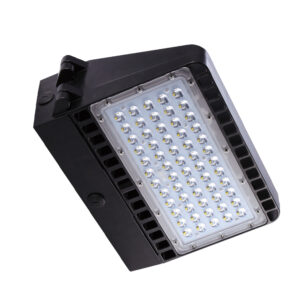
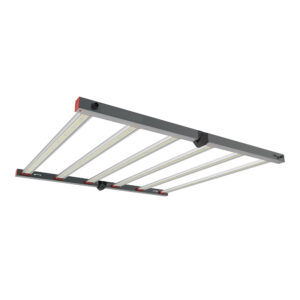
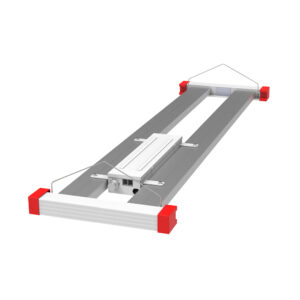
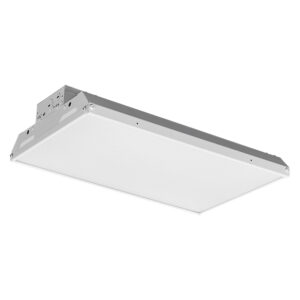
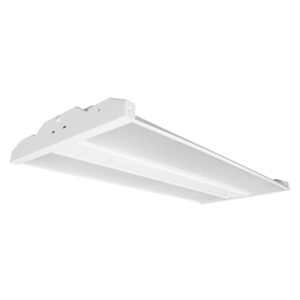
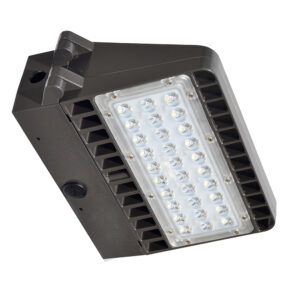

Discover why purchasing outdoor string lights in bulk from local distributors might not be the bright idea you think it is.
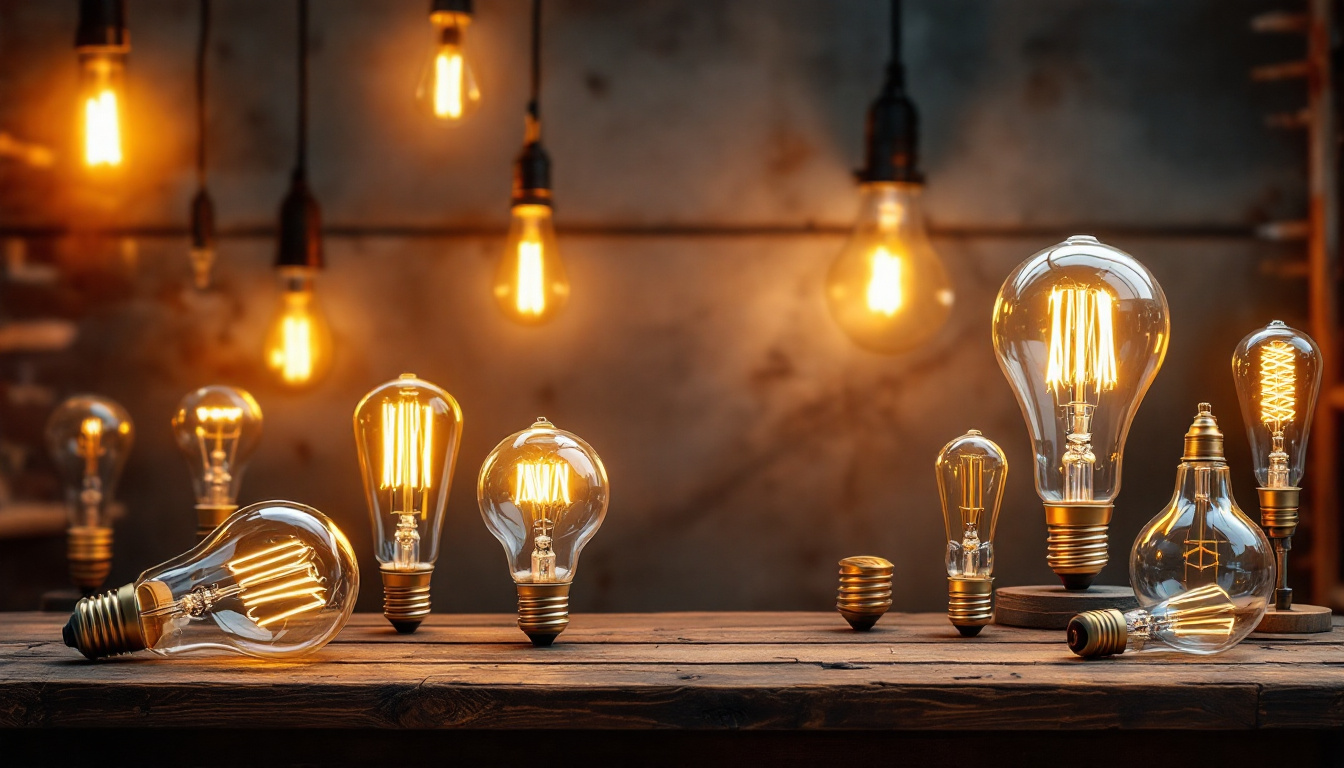
Discover the charm and efficiency of vintage LED bulbs in this insightful guide tailored for lighting contractors.
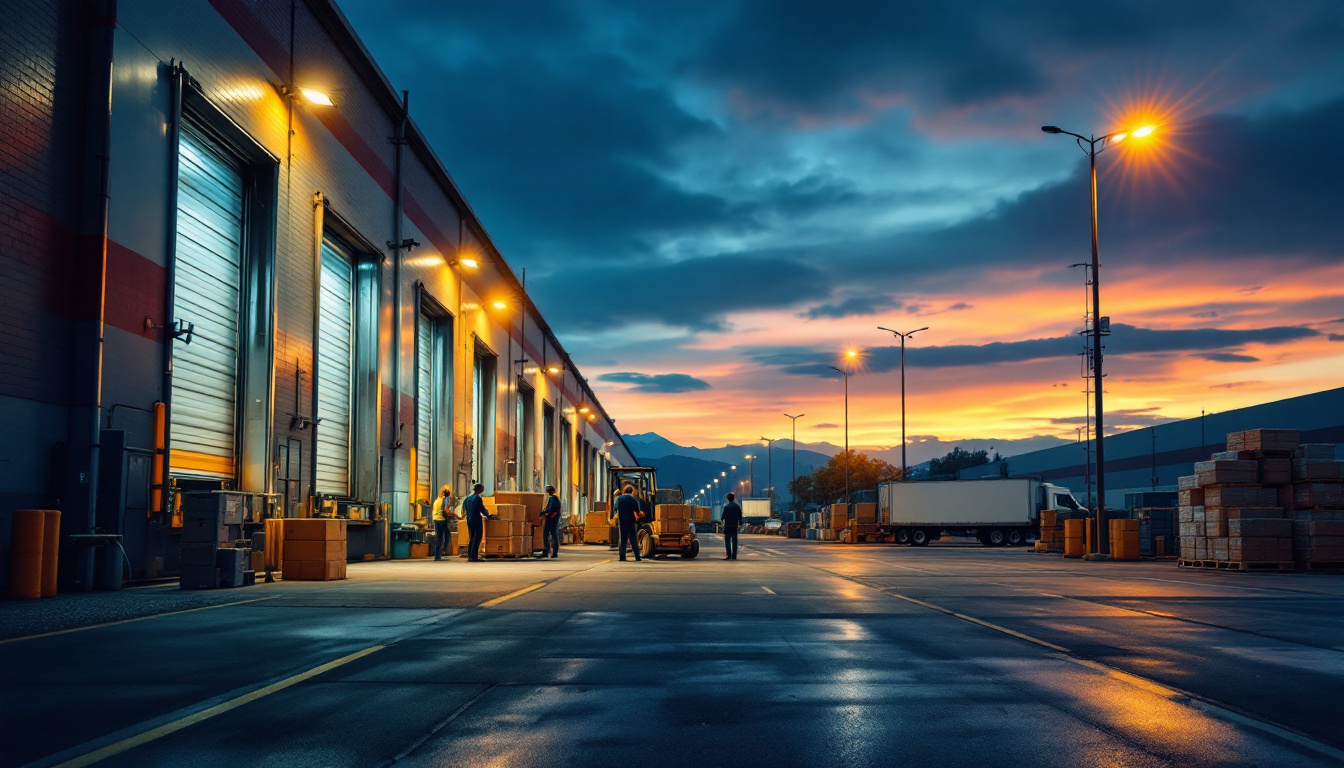
Discover essential insights for lighting contractors in our comprehensive guide on loading dock lights.

Discover why purchasing high bay lighting in bulk from local distributors might not be your best choice.
Get notified when NEW deals are released.
Optimize your budget with wholesale discounts.
Only top-quality, specification-grade lighting products.
No additional costs at checkout - what you see is what you pay.
We understand the unique needs of contractors.